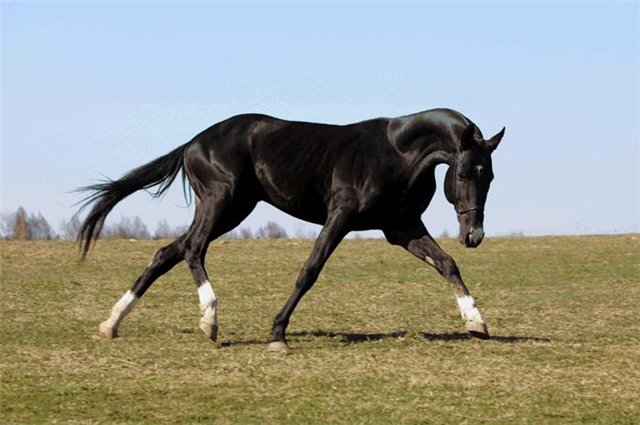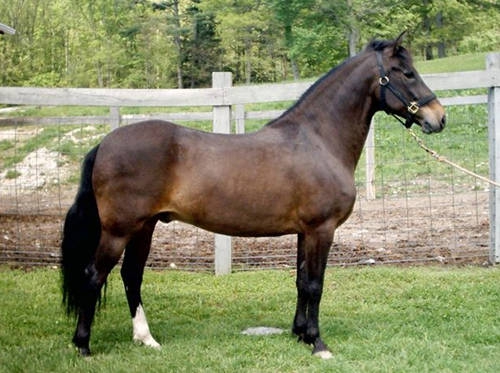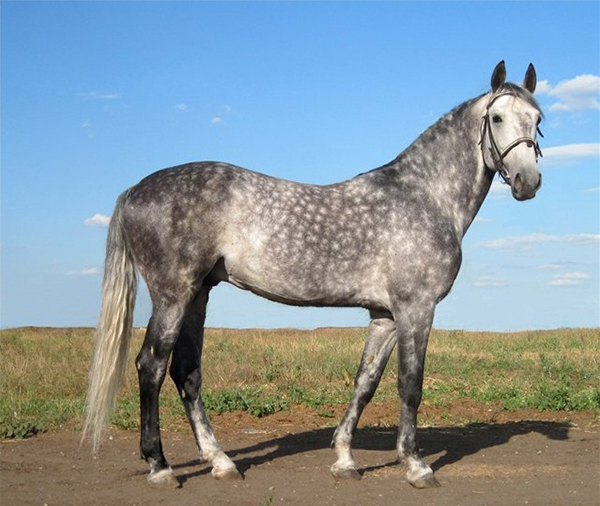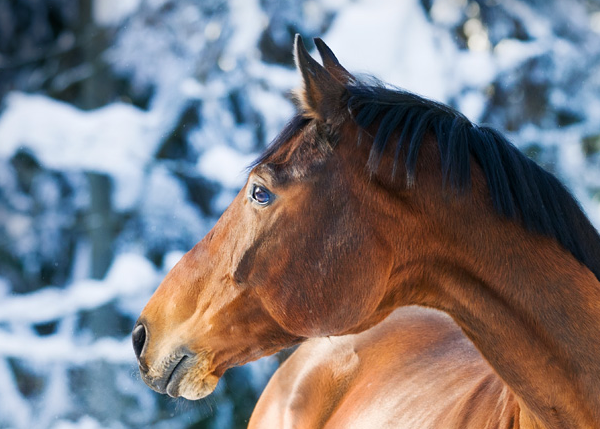homositic
Marvarian horse (part 1)
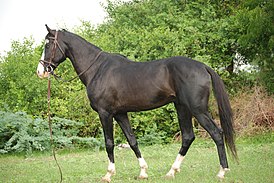 The Marwar horse (Marvari), or Malani, is a rare breed of horse from Marwar, a region in India. Known for its exotic ear shape. They are known for their stamina and are quite similar to kathiyavari, another Indian breed from Kathiyavar. Marwari came from crossing local Indian ponies with an Arabian horse, possibly with some influence from Mongolian horses.
The Marwar horse (Marvari), or Malani, is a rare breed of horse from Marwar, a region in India. Known for its exotic ear shape. They are known for their stamina and are quite similar to kathiyavari, another Indian breed from Kathiyavar. Marwari came from crossing local Indian ponies with an Arabian horse, possibly with some influence from Mongolian horses.
The Rathors, the traditional rulers of Marwar, were the first to start breeding Marwar. Starting from the 12th century, they strictly selected horses for breeding, which contributed to the purity of blood and endurance. Used throughout history as the cavalry horses of the Marwar people, they have been noted as loyal and brave in battle. The breed deteriorated in the 1930s when poor management practices led to a reduction in livestock numbers, but today they have been restored again. Marvari was banned for decades, but between 2000 and 2006 a small amount was allowed. An exception was made for the American Francesca Kelly, who became the organizer of the Indigenous Horse Society of India [1]. Since 2008, visas allowing the exit of the marvari outside of India have been available in small quantities. Continue reading
American painthorse
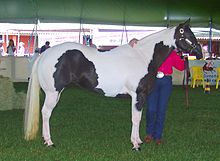 History
History
American painthorse combines the performance of a cowboy horse with a fancy freckle suit. This breed was bred on the basis of quarterbacks and thoroughbred riding horses. Painthorse history is closely linked to quarterback history. Both of these breeds are descendants of horses brought into the New World by Fernando Cortes.
Formed in 1940, the American Quarter Horse Association (AQHA) registered cowboy-type horses, culling freckles and heavily distinguished ones. In turn, fans of freckles have set up several breeding organizations. In 1962, these organizations merged into the American Paint Horse Association (APHA).
Color
Each Painthorse horse has a certain combination of white and a different color. The most common are horses with white spots in combination with blacks, nests, browns and reds. Less common are horses with small specks. Continue reading
Russian scientists found out how modern horse breeds appeared
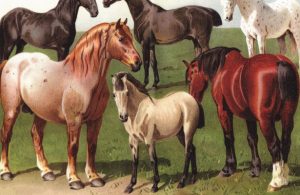 Using cutting-edge DNA research methods, an international research team of archaeologists, geneticists and evolutionary biologists from 85 scientific institutions around the world has collected genomic data that spans the last 42,000 years of horse development and has tracked the contribution of various genetic lines to the formation of modern breeds. horses. The results of the work can be found on the pages of the journal Cell, research supported by a grant from the Russian Science Foundation.
Using cutting-edge DNA research methods, an international research team of archaeologists, geneticists and evolutionary biologists from 85 scientific institutions around the world has collected genomic data that spans the last 42,000 years of horse development and has tracked the contribution of various genetic lines to the formation of modern breeds. horses. The results of the work can be found on the pages of the journal Cell, research supported by a grant from the Russian Science Foundation.
People tamed a horse about 5.5 thousand years ago, after dogs, cattle and pigs. From the moment they learned to ride, milk horses and control their reproduction, the history of mankind has radically changed. The ways of traveling and developing new territories, transporting goods and conducting military operations have become different. Depending on the region and various needs, people selected animals according to different principles – this is how different breeds of modern domestic horses appeared. Continue reading
